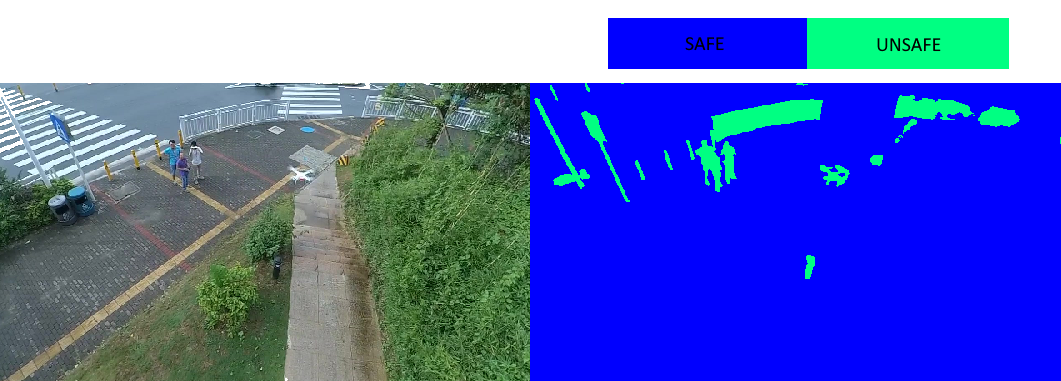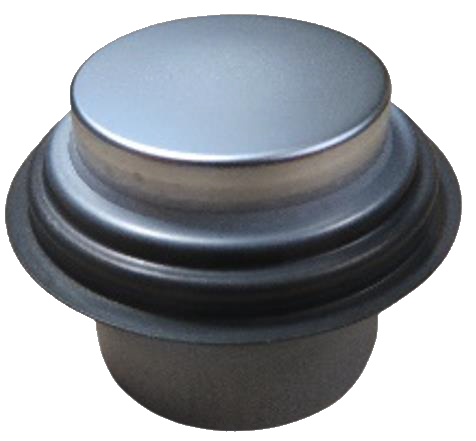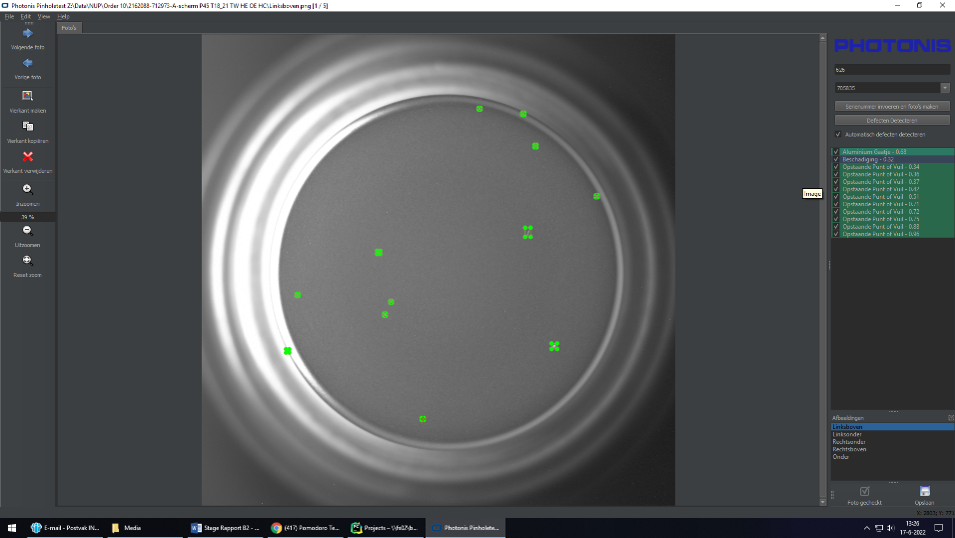Profile
Driven by curiosity and a love for technology, I combine my Electrical Engineering background with Robotics and AI to develop innovative, high-tech solutions. I’m constantly exploring new tools and methods to transform ideas into functional systems.
Experience
Engineering Intern Photonis Netherlands
Feb. 2022 – Jul. 2022 (6 Months)
- Adapted a computer vision setup and implemented a continuous supervised machine learning model to detect defects on night vision anode screens.
- Analyzed and processed image data to improve defect detection accuracy.
- Collaborated with engineers to integrate the system into existing production workflows.
R&D Engineering Intern Batenburg Beenen
Feb. 2023 – Jul. 2023 (6 Months)
- Built a computer vision system and implemented a machine learning model to detect tomato ripeness for an autonomous harvesting robot.
- Worked in a cross-functional team to design and test a robot that navigates tomato plantations and harvests ripe tomatoes.
- Developed data pipelines and optimized image processing algorithms to improve detection accuracy.
- Researched and implemented state-of-the-art machine learning models.
Education
B.Sc. Electrical Engineering
NHL Stenden | University of Applied Sciences2019 – 2023
Studied electrical systems, electronics, and automation, completing practical and theoretical projects in engineering.
Pre-Master Biomedical Engineering
University of Twente2023 – 2024 (Discontinued)
Completed coursework in biomedical instrumentation, signal processing, and applied engineering principles.
Pre-Master Robotics
University of Twente2024 – 2025 (Discontinued)
Participated in courses and projects on robotics, control systems, and mathematics.
Courses
Computer Vision and Data Science
NHL Stenden | University of Applied SciencesAug. 2021 – Feb. 2022
Explored computer vision techniques, machine learning algorithms, and data analysis through practical projects and hands-on exercises.






